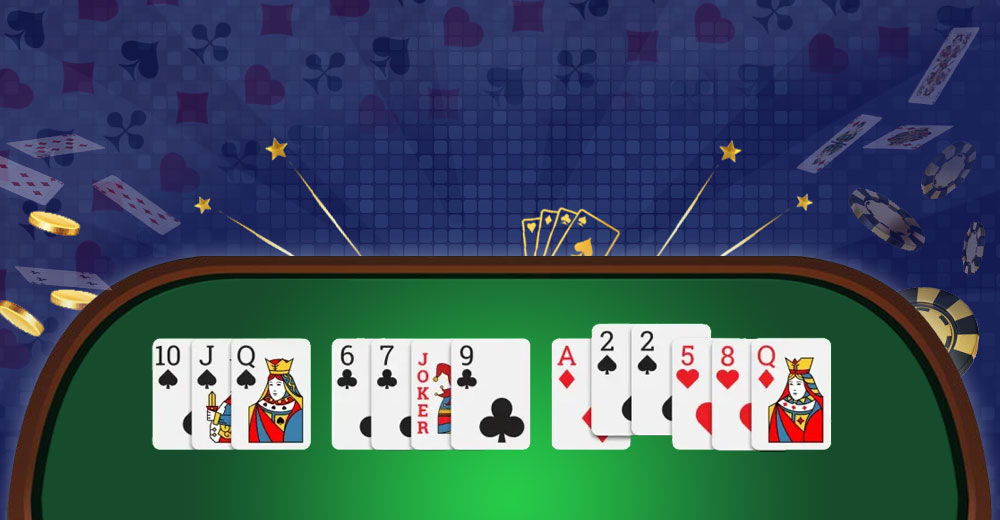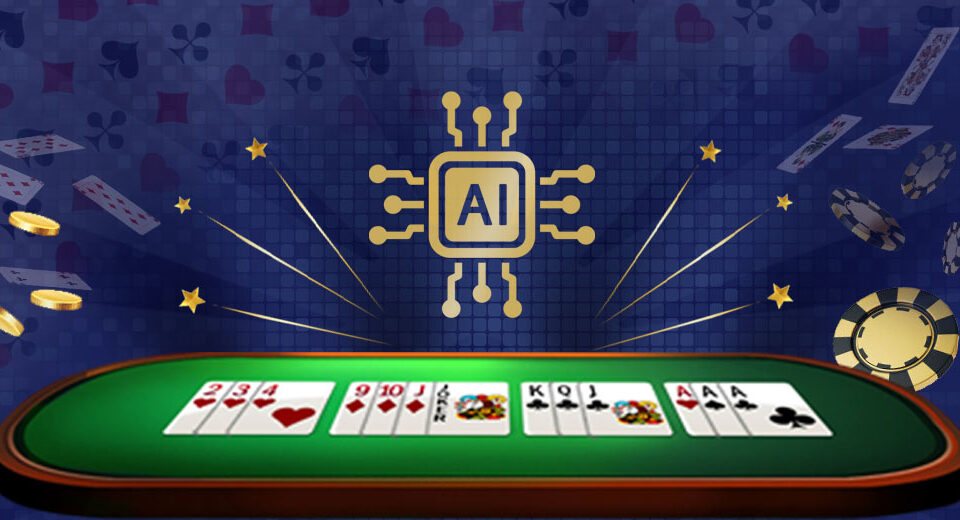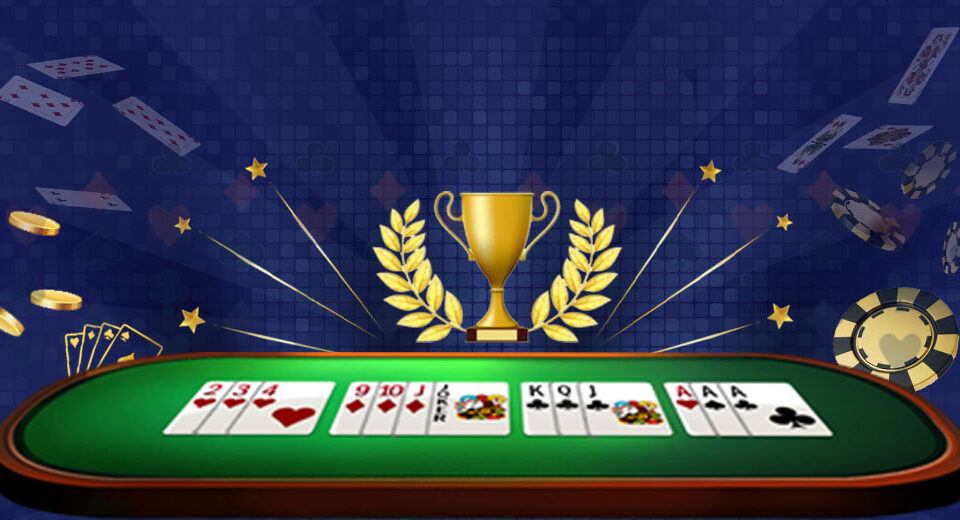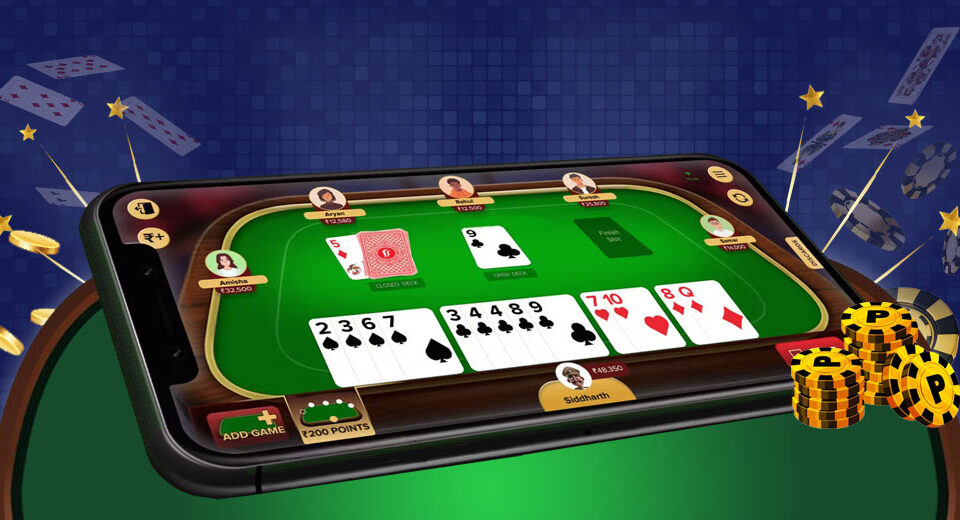Mirror Play in Rummy: How Copying Your Opponent Can Lead to Unexpected Wins
In the fast-paced world of rummy, where strategies evolve and instincts matter, one subtle yet powerful technique has been gaining traction—mirror play. Borrowed from classic psychological warfare and observation tactics, mirror play involves mimicking or closely tracking your opponent's decisions to gain an upper hand. While this strategy may seem passive at first glance, its execution requires a high level of attentiveness and timing. Done correctly, it can disrupt your opponent’s rhythm, reveal their patterns, and even turn the tide of a seemingly losing hand.
In this article, we explore how mirror play works in online rummy formats, how seasoned players use it as a disruptive strategy, and what makes it such a useful tool in today’s competitive environment.
1. The Psychology Behind Mirror Play
At its core, mirror play is about behavioural mimicry. By reflecting your opponent’s moves—especially discards—you can draw insights into their sequences and disrupt their flow. The human brain is wired to notice patterns, and when those patterns are echoed back, it creates cognitive friction. This friction can lead to mistakes, hesitation, or overcorrection.
This tactic isn’t about blindly copying; it's about strategic replication. In rummy games for advanced players, this subtle form of engagement can create psychological pressure without direct confrontation.
2. Decoding Opponent Behaviour Through Their Cards
Observation is key to mirror play. Instead of focusing solely on your hand, shift part of your attention to your opponent's discards, picks, and delays. If they keep rejecting cards from one suit or collecting mid-value cards, you can infer their goal. By mimicking or interrupting these patterns, you can force them to reconfigure their strategy.
Mirror players often:
- Discard similar suit cards to sow confusion
- Mirror timing patterns (when they draw/discard)
- Force sequence reshuffles by following pick behaviour
Such methods are especially effective on real-time rummy apps, where players rely heavily on timing and rhythm.
3. When Copying Becomes Control
Mirror play isn't about imitation for its own sake—it’s about control. By responding to each move with subtle mimicry, you influence your opponent's next choice. In two-player Indian rummy duels, this can quickly make an opponent second-guess their hand arrangement or declaration timing. More experienced players know that a predictable opponent is an exploitable one. So, mirroring not only allows you to anticipate moves but also to steer gameplay in your favour.
4. Turning Defence Into Offence
If you're dealt a weak hand, mirror play becomes a shield. By slowing the game’s pace and confusing your opponent, you gain time to rearrange your cards and draw useful ones. Copying their discards or picking up cards they might want can turn defensive play into an unexpected offensive strike. This tactic is frequently used in Indian rummy game tournaments, where rounds are short and unpredictability is a weapon.
5. Risk of Over-Mirroring
As with all strategies, balance is key. Mirror play should be applied sparingly and wisely. Overdoing it can make you predictable or cause you to pass up better opportunities in favour of mimicry. Experienced players can also recognise when they’re being mirrored and may counter it by feinting with fake discards. Smart players know that the true power of mirror play lies in subtlety. A well-timed mimicry, followed by a surprise declaration, is more effective than constant repetition.
Conclusion: Mirroring in rummy is not about imitation - it’s about intuition, timing, and influence.
When executed with precision, mirror play becomes an art of psychological redirection. It pushes your opponent out of their comfort zone while buying you the time and space to rearrange, rethink, and win. For those seeking fresh angles to sharpen their gameplay, mastering the mirror may be the next big breakthrough.
Whether you’re experimenting with rummy duel strategies, playing on rummy apps for skilled players, or adapting to new digital rummy styles, reflecting your opponent’s play may reveal more than you think.




